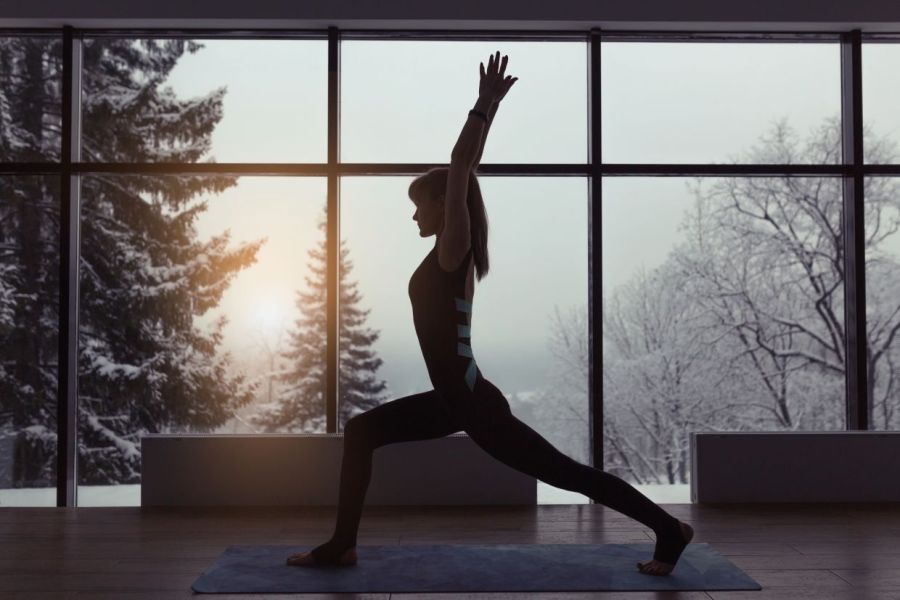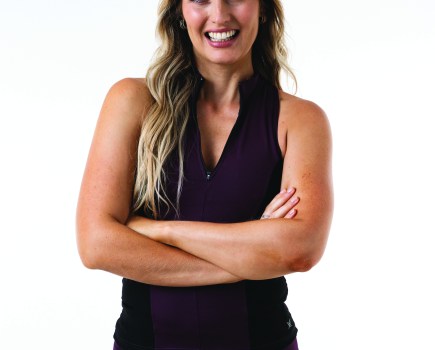With temperatures falling and the nights drawing in, we show you the best ways to beat the winter blues through simple fitness, nutrition and lifestyle changes…
Wondering how to beat the winter blues? When you’re feeling a little meh, heading out for a run or weights session is usually enough to shift your mood, so why does Netflix suddenly seem more appealing once the days begin to get shorter?
‘Humans have evolved to thrive in an environment abundant in sunlight. But without optimal daily exposure to daylight, our 24-hour biological (circadian) clock can go out of sync with the external 24-hour day, and trigger seasonal affective disorder (SAD),’ says Dr Vikki Revell, senior lecturer in translational sleep and circadian physiology at the University of Surrey. ‘Without adequate light exposure, we often lose our sunny disposition, struggling with poor sleep, mood, energy and concentration.’
The good news is there’s plenty you can do to help. ‘Bright light therapy is proven to put you in a better mood, boost energy and help you to feel more alert,’ confirms Dr Revell. And working out can help, too. A review in the Journal of the American Medical Association found exercise was associated with fewer symptoms of depression, with some studies even finding its effects were no different from antidepressants or psychotherapy.
7 fitness tips to beat the winter blues
Want to beat the blues the natural way this winter? Read on to discover what the experts have to say about exercising for happiness…
1. Go outside
Working out in the fresh air is a great way to boost your mood and energy levels. ‘Light encourages your brain to reduce production of melatonin (the hormone that makes you sleep) and increase production of serotonin (the hormone that affects your mood),’ says Amy Brogan, founder and head trainer of digital wellbeing platform A Body Forever. Indeed, new research looking at 19 studies found green exercise, especially in natural environments, can reduce fatigue and negative emotions such as anxiety, and increase feelings of both relaxation and vigour.
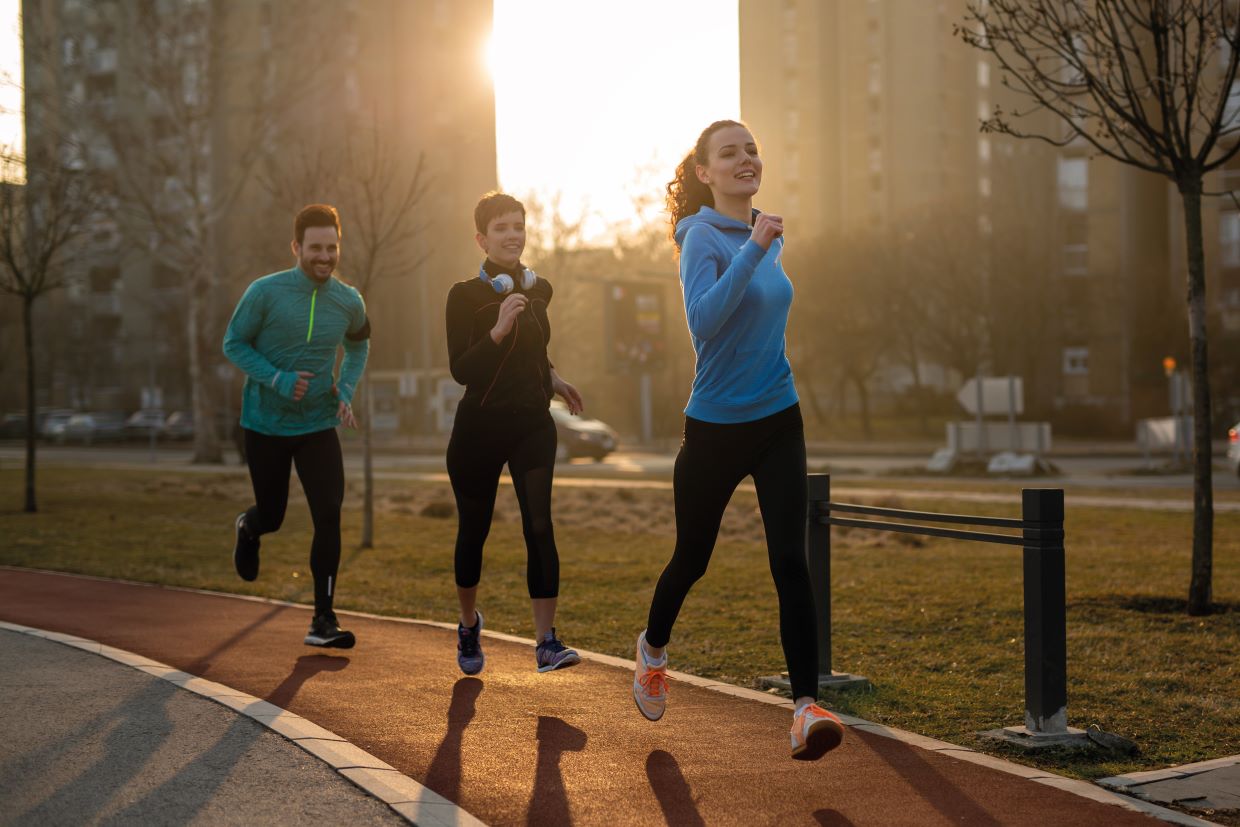
Getting outside to exercise during winter – especially if you choose an activity you enjoy or workout with friends – will help you beat those winter blues.
2. Choose an activity you enjoy
Nothing beats putting on your trainers or swimming cossie and doing the thing you love most. But what else should you consider to increase the value of your workouts? ‘When exercising, you should naturally aim to elevate your heart rate.
Beyond that, your personal goals will likely determine the exercise you do,’ says Omar Mansour, fitness coach and founder of Track Life LDN. ‘For example, going for a run is great for improving your cardiovascular system, HIIT is good for a full-body workout, while Pilates or yoga will improve your flexibility and strength.’
3. Work out with friends
Having a training buddy won’t just help you be more consistent with your training, it can up the fun factor of your workouts, too. We tend to be more adventurous when training with a friend, so we’re more likely to try new things – and enjoy the satisfaction this brings.
We’re also likely to try harder. ‘Pushing through the tough sections with the help of a friend means you achieve greater results, and you’ll feel all the better for it when you do!’ adds Mansour.
4. Time it right
When it comes to scheduling your mood-boosting workout sessions, what’s the magic number? A review of studies published in JAMA Psychiatry earlier this year reported that adults who exercised 4.4 hours a week had an 18 per cent reduced risk of depression, a figure that increased to 25 per cent for those spending 8.8 hours working out.
But if you don’t have that much time for training, especially over the busy Christmas period, all is not lost. ‘Relatively small doses of physical activity were associated with substantially lower risks of depression,’ according to the researchers.
5. Keep it moderate
It’s known that aerobic exercise increases the size of your hippocampus, a structure in the brain linked to lower rates of depression, but what intensity should you train at for best results? Research from University of Turku in Finland, published in Neuropsychopharmacology, found that while one hour of HIIT led to a significant rise in endorphin release, it also caused feelings of negativity.
Moderate-intensity aerobic training also made those endorphins flow, although this time rather than lowering participants’ mood, it was associated with feelings of pleasure and euphoria.
6. Get on your yoga mat
Yoga can do far more than improve your strength and flexibility. A meta-analysis of studies published in the Journal of the American Medical Association found it better for anxiety and depression than regular treatment options.
‘To find more balance throughout winter, bring in strong and stimulating asanas such as chair pose, revolved chair pose, boat pose and plenty of warming sun salutations, whilst making more time for restorative postures like and legs up the wall, reclined bound angle pose and savasana,’ says yoga teacher and naturopathic health coach Emma Newlyn.
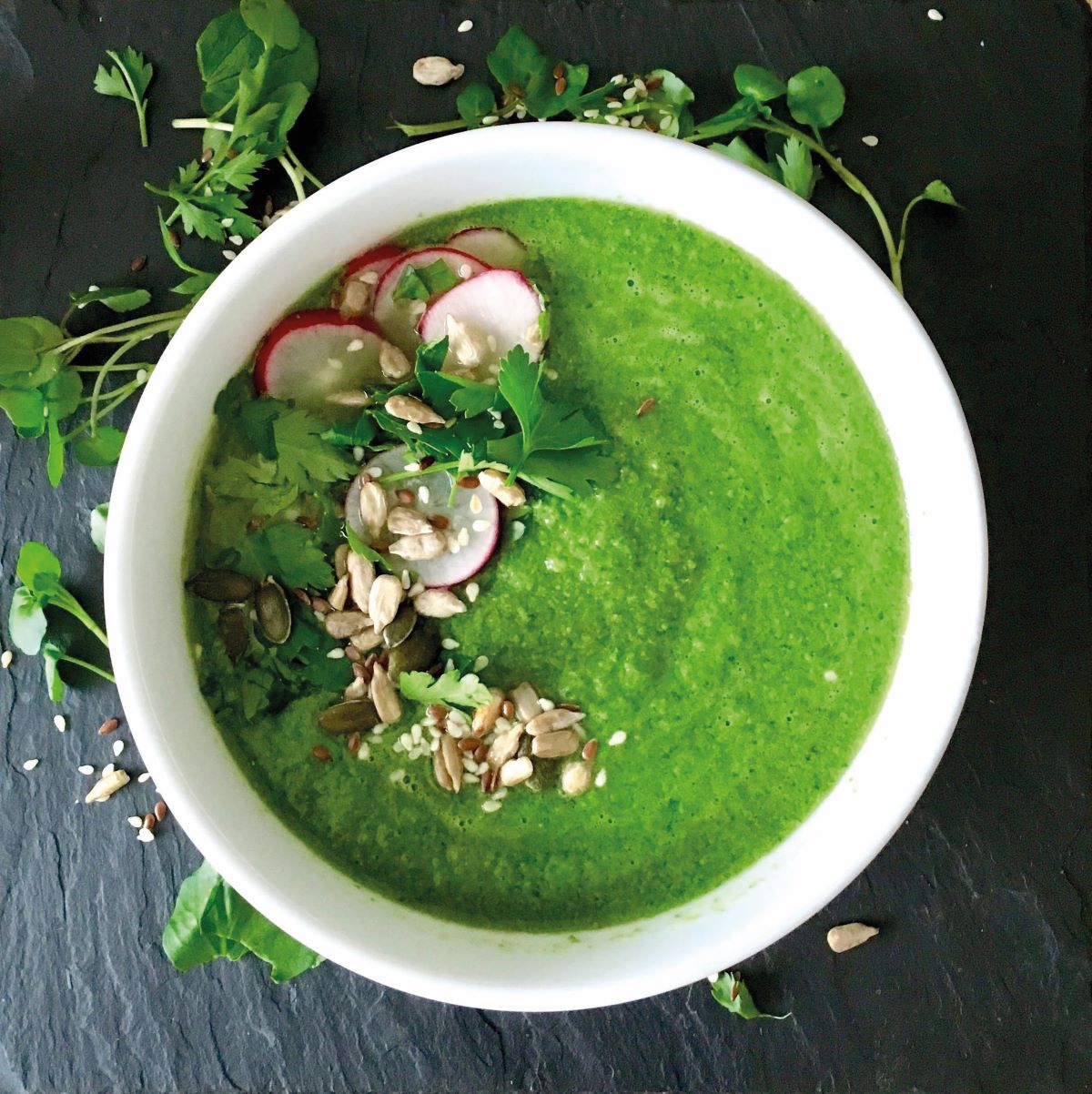
Many foods have antidepressant properties, including watercress, spinach, and Swiss chard.
7. Fuel right
You know how to fuel your body for workouts, but did you know you can fuel it for happiness, too? Writing in the Journal of World Psychiatry, researchers identified 12 antidepressant nutrients* and compiled an Antidepressant Food Scale based on the amount of happy nutrients foods contain.
Watercress topped the list, scoring 127 per cent, followed by spinach, Swiss chard and fresh basil, coriander and parsley. Cheer yourself up with watercress soup, add spinach to smoothies or serve steamed chard with healthy protein.
3 best SAD lights to beat the winter blues
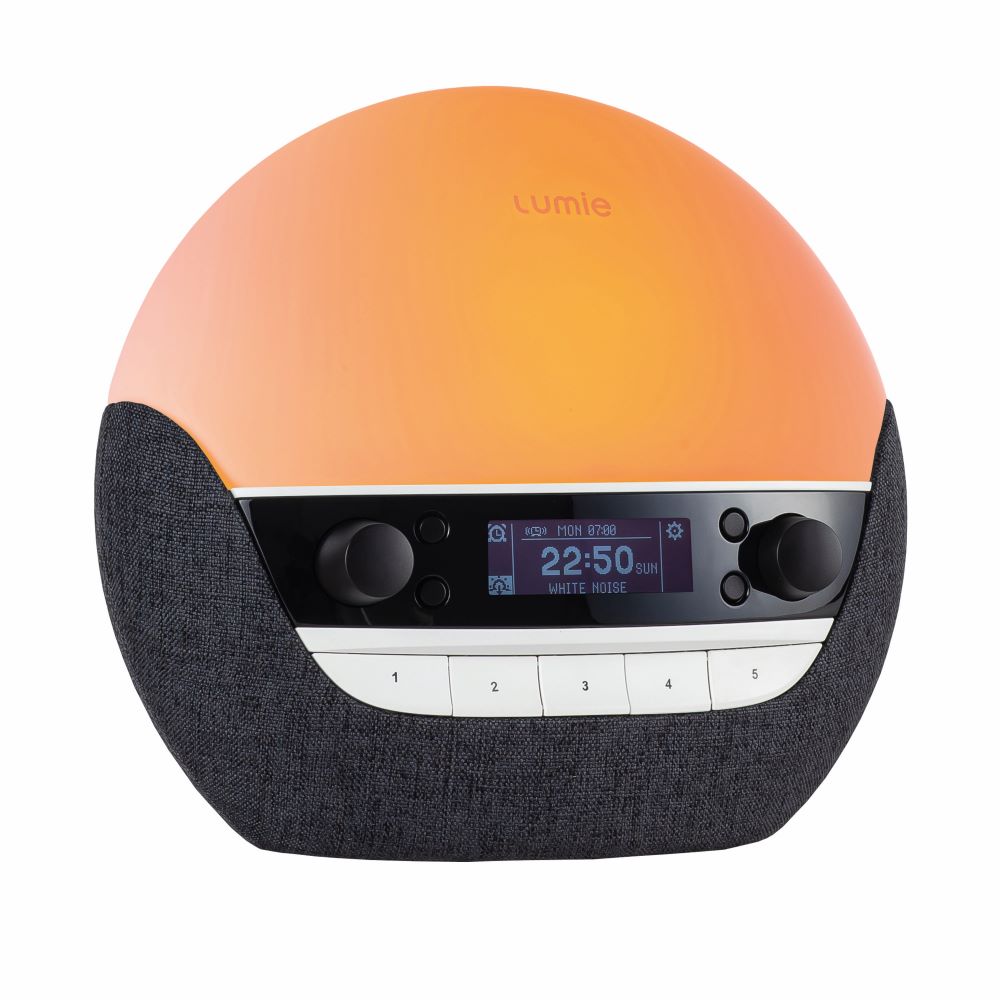
Lumie Bodyclock Luxe 750DAB
BUY IT NOW:
Improve sleep, mood and energy with the wake-up light used by the British Swimming team at the Olympics. With 20 in-built sounds, drift off to glowing sunsets and rhythmic waves, chirping crickets or gentle rainfall, then wake refreshed and revitalised with a gradual sunrise and dawn chorus or solo blackbird. Includes DAB radio, Bluetooth connectivity and a free 45-day trial.
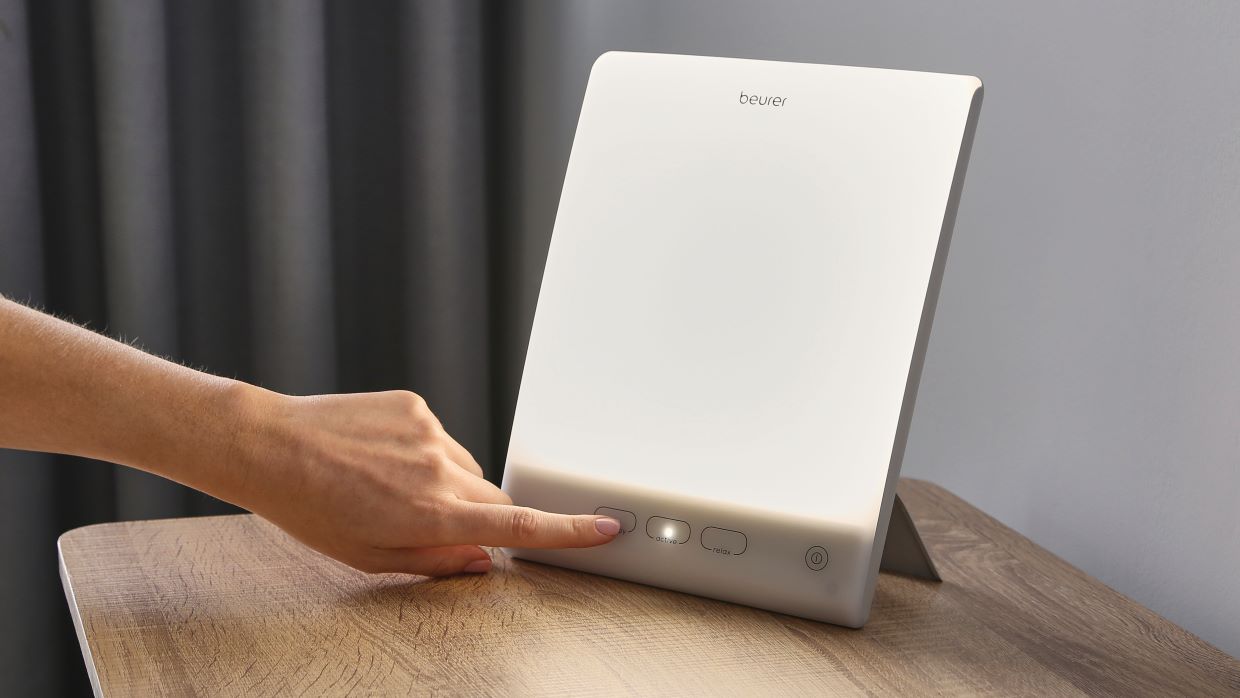
TL 45 Perfect Day Daylight Therapy lamp
BUY IT NOW:
This therapy lamp has three levels of brightness, so you can tailor the light to meet your need. Imitate the course of a sunny day with a morning session of ‘Therapy’ for a bright dose of 10,000 lux (or 6,500K) to boost your mood, opt for ‘Active’ (5,000K) in the afternoon, to top up concentration levels, then switch to ‘Relax’ (3,000K) in the evening, for a softer, blue-light free glow.
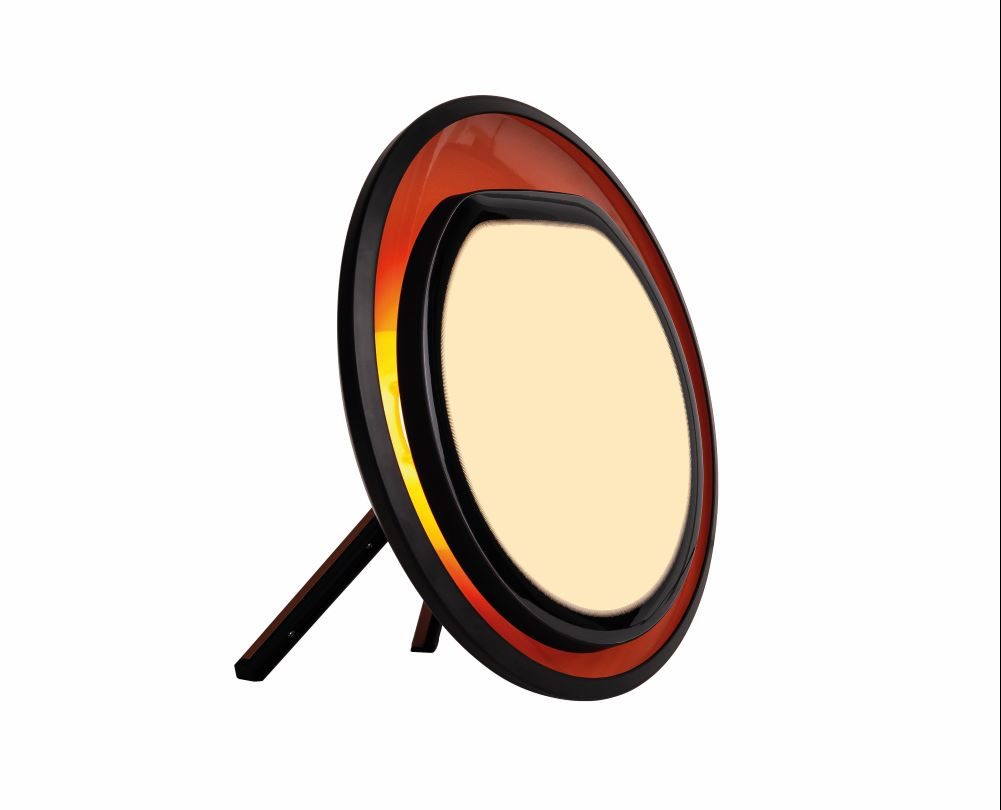
Lumie Halo Light Therapy Lamp
BUY IT NOW:
Brighten your day with this beautiful multifunctional light therapy lamp. With both cool- and warm-light settings, you can boost mood, productivity and energy in Day Mode (set at 10,000 lux) or rest and relax in Evening Mode (2,500 lux). We love the honeyed tones of the back-lit surrounding frame which make the lamp feel even more like a welcoming ray of sunshine on a cool winter’s day.

